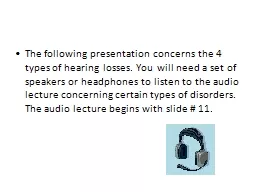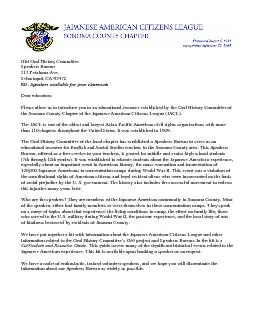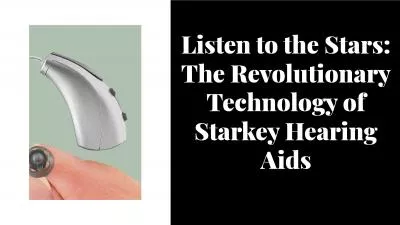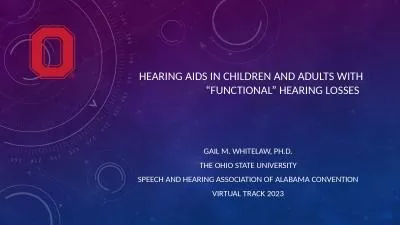PPT-The following presentation concerns the 4 types of hearing losses. You will need a set
Author : myesha-ticknor | Published Date : 2020-04-02
The audio lecture begins with slide 11 Four types of hearing disorders Conductive Sensorineural Central Conversion A Conductive loss Conductive losses occur in
Presentation Embed Code
Download Presentation
Download Presentation The PPT/PDF document " The following presentation concerns the..." is the property of its rightful owner. Permission is granted to download and print the materials on this website for personal, non-commercial use only, and to display it on your personal computer provided you do not modify the materials and that you retain all copyright notices contained in the materials. By downloading content from our website, you accept the terms of this agreement.
The following presentation concerns the 4 types of hearing losses. You will need a set: Transcript
Download Rules Of Document
" The following presentation concerns the 4 types of hearing losses. You will need a set"The content belongs to its owner. You may download and print it for personal use, without modification, and keep all copyright notices. By downloading, you agree to these terms.
Related Documents













